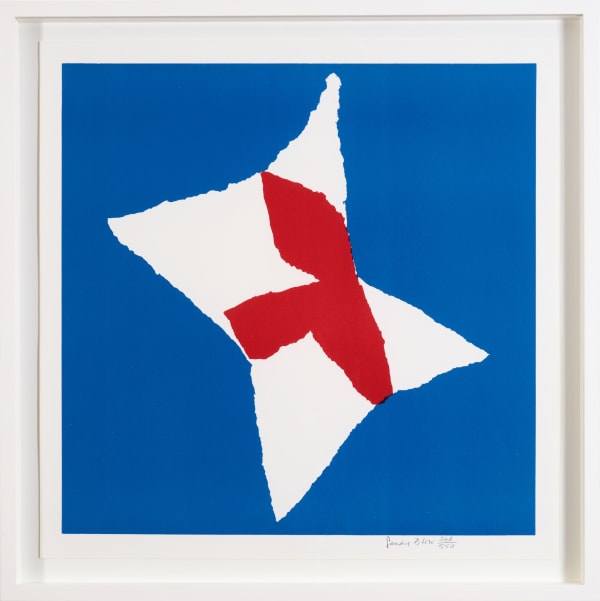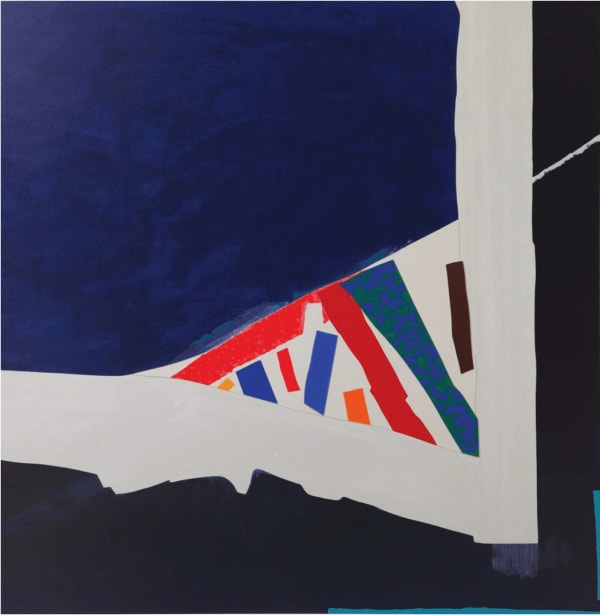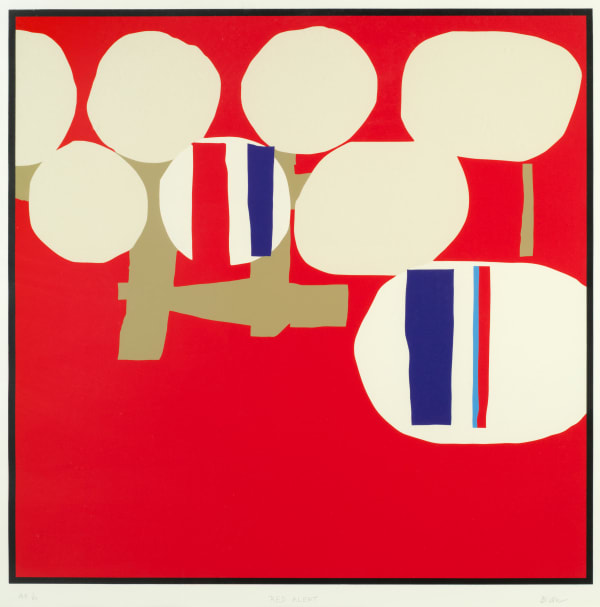Georgia Stoneman Fine Art presents a colour drenched exhibition of works by Sandra Blow and other gallery favourites; Terry Frost and Breon O'Casey.
A pioneer of the British abstract movement of the 1950s, Sandra Blow's (1925–2006) distinctive works are often characterised by large scale and colourful abstracts. Her artistic journey began at Central Saint Martin’s School of Art, where she studied under notable teachers like Ruskin Spear and immersed herself in the artists’ social scene, enjoying the company of luminaries such as Lucian Freud, John Minton, and Francis Bacon. Her creative path led her to Italy, where she met Alberto Burri, her partner for several years. Together, they explored Italy and Paris, with Burri significantly influencing her work. Throughout the 1950s and 1960s, she and Burri created works in response to each other, even as Burri gained international recognition. However, Blow eventually sought to establish her artistic identity independently, free from Burri’s impact; her legacy endures as a pioneering abstract artist who created vibrant, expressive, textured compositions from discarded materials. Her captivating work is currently held by the Tate with two currently on show at Tate Britain and Tate St Ives.
We will be showing a number of her pieces throughout the Summer at our Fore Street Gallery in Castle Cary from 7th August.
For sales or press enquiries please contact laura@georgiastoneman.com














